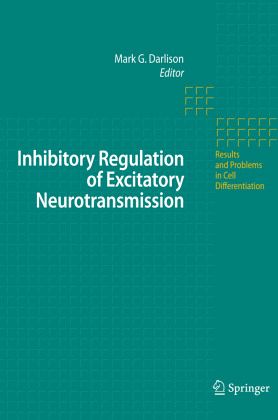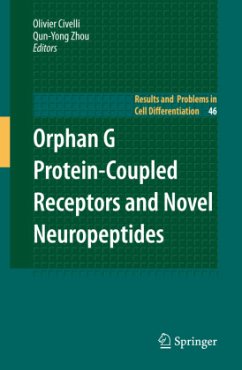
Inhibitory Regulation of Excitatory Neurotransmission
Versandkostenfrei!
Versandfertig in 6-10 Tagen
151,99 €
inkl. MwSt.

PAYBACK Punkte
76 °P sammeln!
Within the central and peripheral nervous systems of animals, including man, inhibition is crucial to counterbalance excitatory neurotransmission, which is predominantly mediated by glutamate and its receptors. Although, particularly in brain, much of this inhibition is provided by classical post-synaptic GABAA receptors, many other proteins and mechanisms regulate excitation. These exist both to "fine tune" neurotransmission and to prevent overexcitation that could lead to conditions such as epilepsy and excitotoxicity, which can result in cell death. This book reviews aspects of GABAA recept...
Within the central and peripheral nervous systems of animals, including man, inhibition is crucial to counterbalance excitatory neurotransmission, which is predominantly mediated by glutamate and its receptors. Although, particularly in brain, much of this inhibition is provided by classical post-synaptic GABAA receptors, many other proteins and mechanisms regulate excitation. These exist both to "fine tune" neurotransmission and to prevent overexcitation that could lead to conditions such as epilepsy and excitotoxicity, which can result in cell death. This book reviews aspects of GABAA receptor function, as well as the properties of a variety of other important inhibitory proteins, such as GABAC receptors, G-protein coupled receptors (specifically, GABAB receptors, metabotropic glutamate receptors and neuropeptide receptors), glycine receptors, GABA transporters and potassium channels. In addition, the consequences of mutations that disrupt the regulation of excitatory neurotransmission, and efforts to target the GABAergic system for therapeutic benefit, are discussed.












